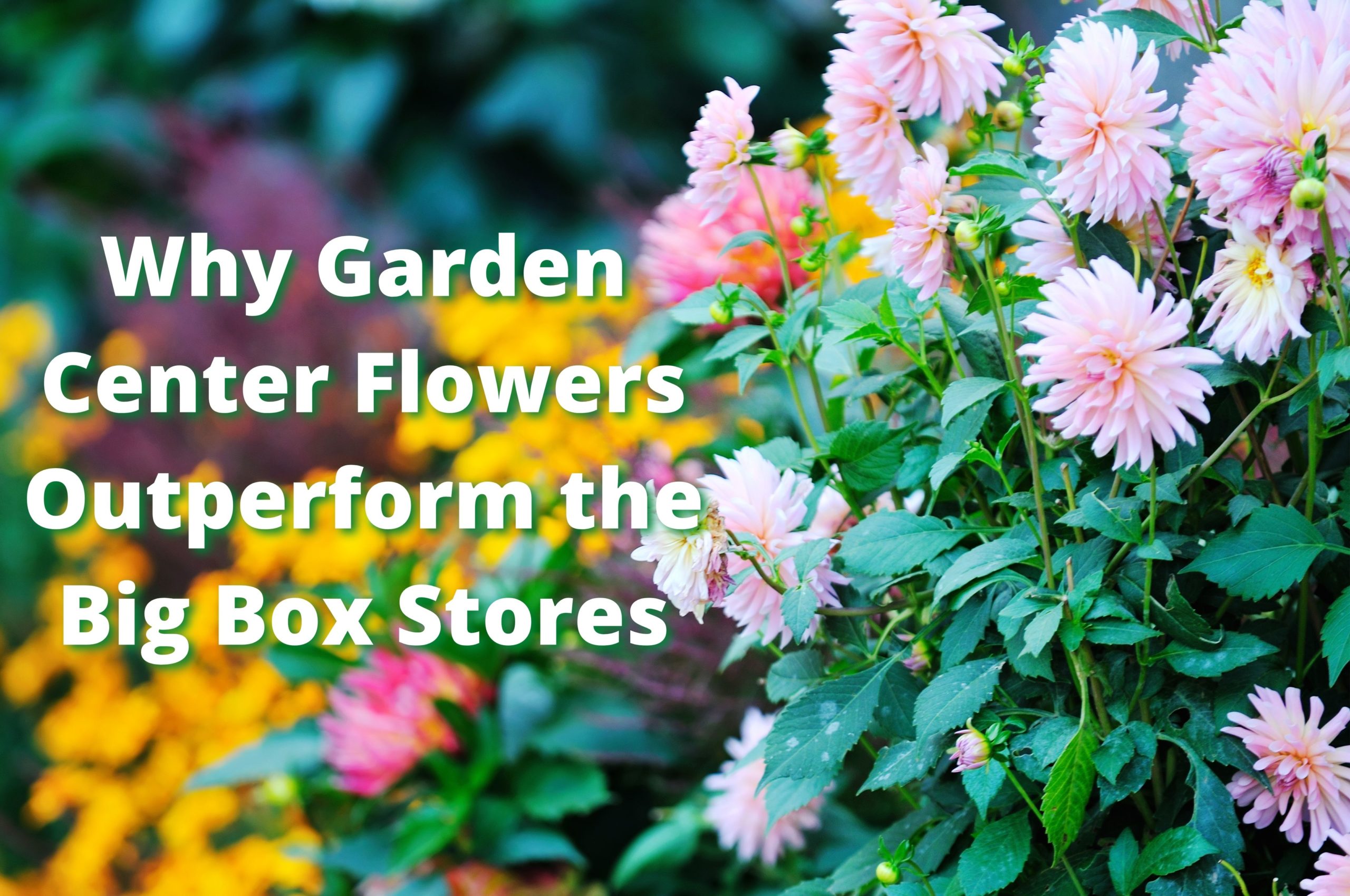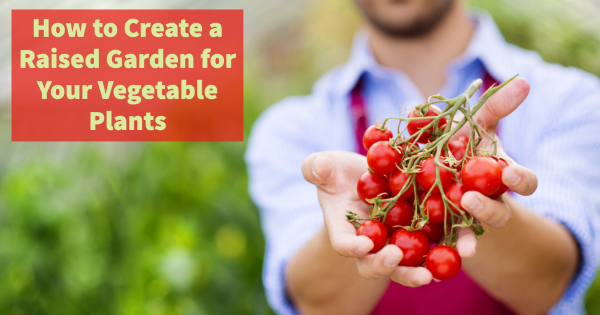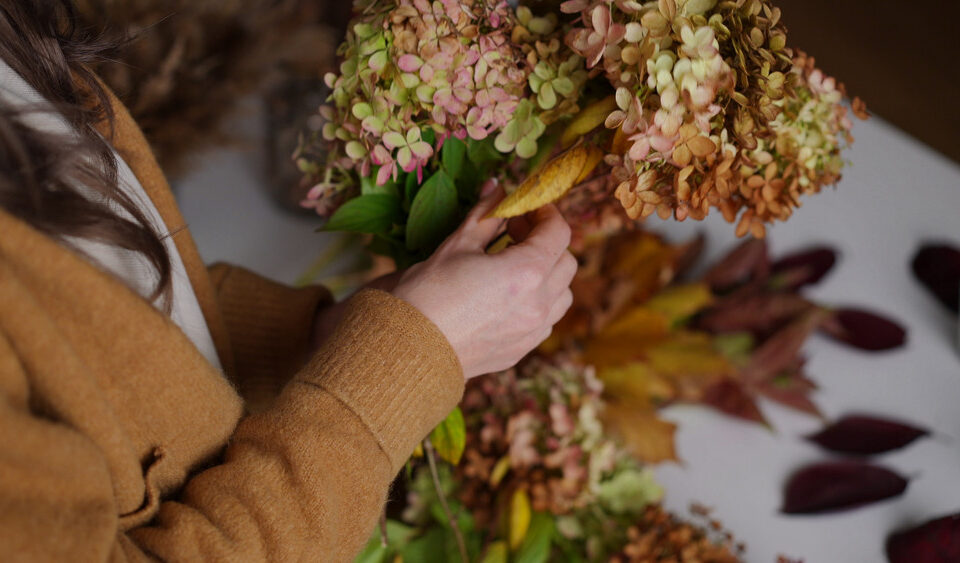
When to Plant Your Spring Flowers to Avoid Frost Damage
March 25, 2021
Why Garden Center Flowers Outperform the Big Box Stores
April 8, 2021If you’re interested in starting a vegetable garden, there’s never been a better time. Spring brings a variety of seedlings and bedding plants to your local lawn and garden store, and it’s easier than you might think to start a few of them in your very own raised beds. There are numerous options for getting started, including the following methods.
Choose a Raised Garden Bed Kit
One easy way to install raised beds, especially if you rent your property, is to purchase a kit or grow bags at a home improvement store. These kits are easy to set up – all you need to do is follow the assembly instructions, fill them with the dirt of your choice, and add plants. Soon, you’ll have a beautiful raised garden that you can enjoy with your family.
Use Professionally Installed Raised Beds
Another option is to have a professional service install raised beds for you. This is a great option for gardeners who’d like the look of wooden garden beds, but who can’t build them or fill them themselves. Once the beds are set up, you can add the vegetables of your choice, then enjoy working in your garden throughout the season. Even better, you can harvest and preserve the vegetables that you grow.
Build Your Own Raised Beds
If you’re experienced with simple construction projects, building the frame for your own raised beds isn’t that difficult. Avoid pressure-treated lumber, as the chemicals in the wood can seep into the dirt, the plants, and your food. Ask the professionals at your local hardware store to cut the wood to size for you and then it’s just a simple matter of setting up the beds and screwing the pieces together. If you know your way around basic tools, this is likely the least expensive way to install raised beds for a vegetable garden on your property.
Tips and Considerations for Your Raised Bed Garden
Tomatoes are the most popular vegetable to grow at home. However, you can’t just throw tomato seeds in the dirt and expect them to grow. You’ll need to start them indoors first or purchase vegetable plants. Don’t start your raised bed garden until the risk of frost has passed for your area or plant it initially with frost-hardy vegetables like peas, greens, and carrots. Consider lining your beds with landscape fabric to prevent weed growth and limit the amount of labor necessary.
Getting started with a vegetable garden is quick and easy when you use raised beds. Don’t overdo it the first year, but instead add a few more beds each year as you determine how much you can manage. Soon, you’ll have a large vegetable garden that’s the envy of your neighborhood. Visit Schwartz Greenhouse to find the perfect vegetables for your raised garden bed and get more tips on how to build them.





